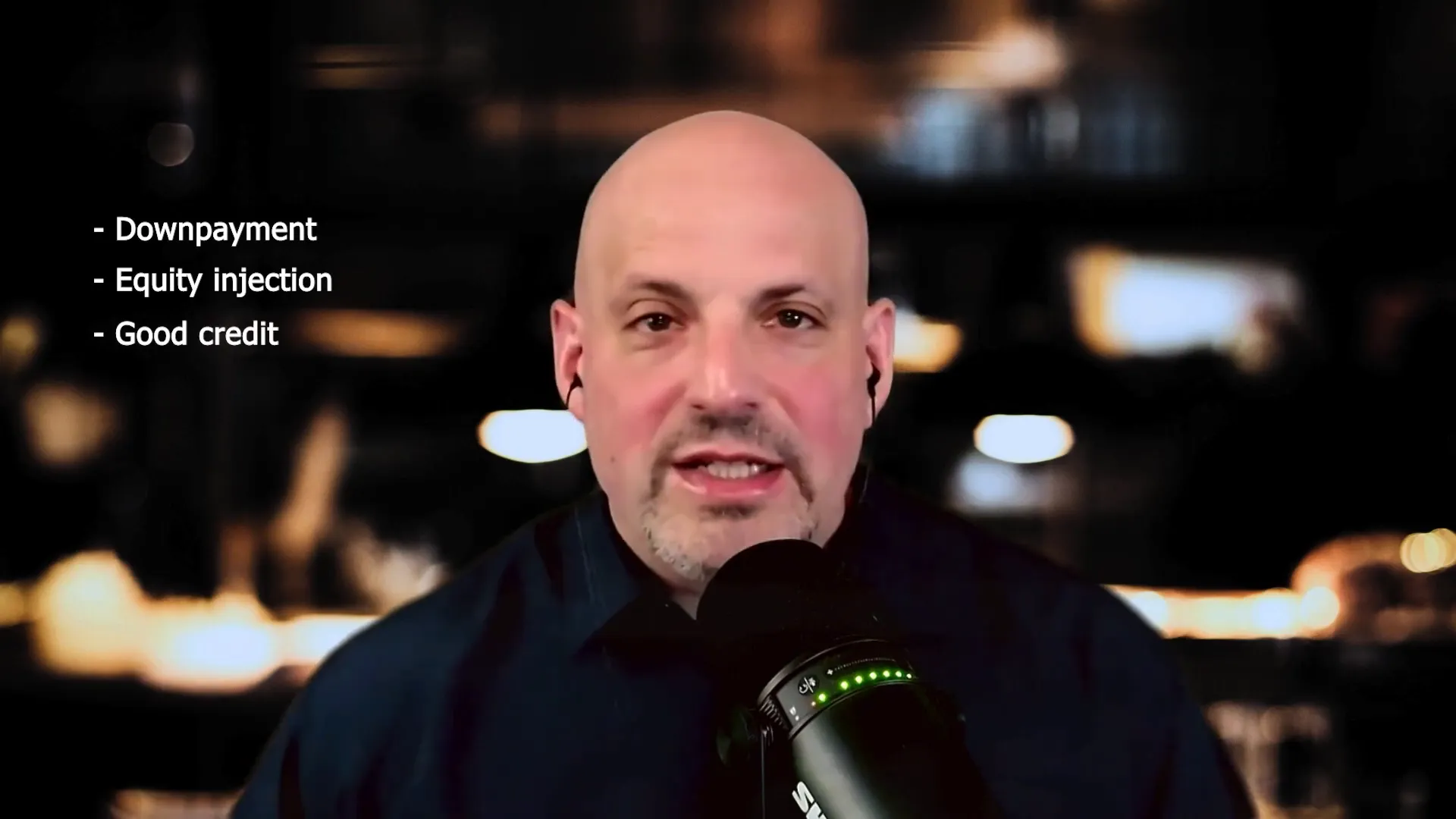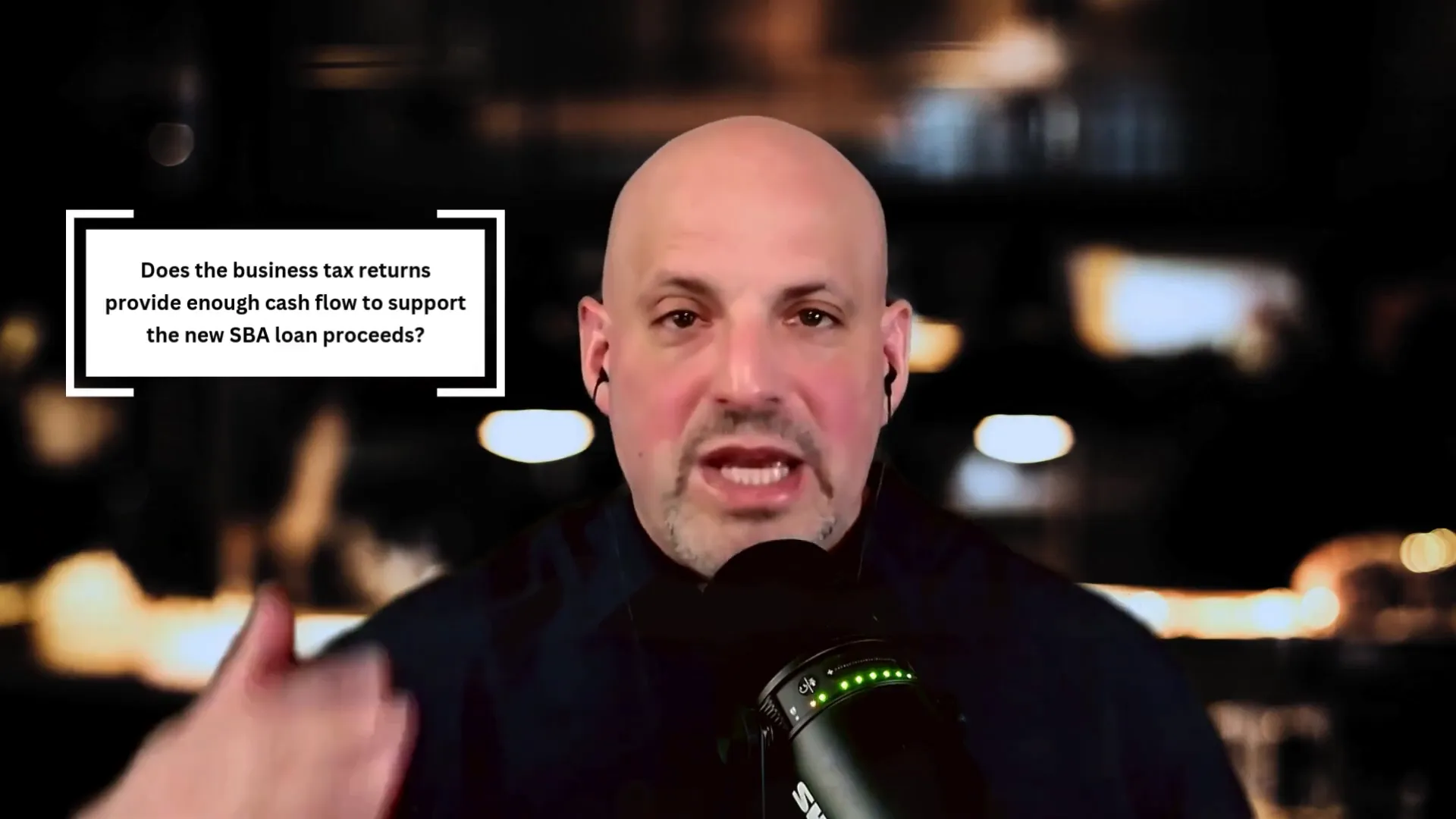As a Business Ownership Coach and host of the Investor Financing Podcast, I frequently get asked the same question: how do you buy a business using SBA financing? In this post I’ll walk you through the practical steps I use with clients, the documents lenders require, how SBA underwriting works, and the strategic choices that affect your offers and closing timeline. Business Ownership Coach | Investor Financing Podcast is my lens for explaining the process, so you’ll see clear checklists, common pitfalls, and actionable next steps you can implement today.

Photo by Kelly Sikkema on Unsplash
Introduction: Why SBA Financing Makes Sense for Acquisitions
Many buyers choose SBA financing because it offers favorable down payment requirements, long amortizations, and terms that align with business acquisition needs. As your Business Ownership Coach | Investor Financing Podcast guide, my goal is to demystify the paperwork and the underwriting so you can confidently move from opportunity to offer. SBA loans underwrite primarily from tax returns — not internal P&Ls — so understanding what to collect early will save you weeks and help you get pre-qualified fast.
Start with a Pre-Qualification Checklist
Before you call lenders, answer three basic questions: do you have the equity injection (down payment), do you have solid personal credit, and do you have outside income to support personal debts? As your Business Ownership Coach | Investor Financing Podcast, I start every client engagement here. These factors determine whether a lender will even move forward and which lenders make the most sense for your profile.
- Equity injection: Typically 10% for acquisitions; startups can sometimes be financed up to 90% with additional requirements.
- Credit: clean credit and no recent derogatory items speeds approval.
- Outside income: helps qualify your personal debt obligations and increases comfort for lenders.

What Documents the SBA Underwrites (and Why It Matters)
One of the most important things you'll learn from the Business Ownership Coach | Investor Financing Podcast is that the SBA underwrites acquisitions based on tax returns. They want three years of business tax returns for the company you’re buying, and typically three years of your personal tax returns. They will look at year-to-date profit & loss and balance sheet information, but tax returns are the gold standard.
Key documents to collect from the seller and prepare yourself:
- Seller’s business tax returns (three years: 2021, 2022, 2023).
- Year-to-date profit & loss and balance sheet for the current year.
- Your personal tax returns (three years).
- Personal Financial Statement / SBA Form 413.
- Debt schedule and a resume or background information.
How I Match You with the Right Lender
As an SBA loan broker and Business Ownership Coach | Investor Financing Podcast host, I work with banks, credit unions, and non-bank SBA lenders. My role is to match your deal to the lender most likely to approve it with the best terms. Not all lenders underwrite the same—some are better with higher-risk industries, others handle franchised deals or deals with real estate differently.
What I evaluate when matching lenders:
- Your credit profile and outside income.
- Industry risk level and buyer experience.
- Size of loan and whether real estate is part of the deal.
- Collateral picture and any potential shortfalls.

Key Financial Considerations: Cash Flow & Collateral
The central underwriting question is simple: do the business tax returns show enough cash flow to service the new SBA loan? Lenders will analyze seller’s tax returns and apply allowable add-backs to arrive at a normalized cash flow figure. If that cash flow supports the debt service of the proposed loan, you’re in a good position.
For loans over $500,000, SBA guidelines require additional scrutiny for collateral shortfalls. If you’re not purchasing real estate, lenders will typically seek additional collateral — which may include placing liens on personal properties like primary residences or rental properties, if they are unencumbered.

Real Estate, Loan Terms, and Prepayment Penalties
If the transaction includes real estate and the real estate represents more than 51% of the total deal value, the loan can often be structured and advertised for a longer term (up to 25 years). Business acquisitions without significant real estate typically get a standard 10-year term. When a loan is advertised over 15 years, expect a three-year declining prepayment penalty: 5% year one, 3% year two, 1% year three, then no penalty.
High-Risk Industries, Experience & Startups
High-risk industries like restaurants are treated cautiously: experience in the industry helps, but acquisition deals are often more flexible than startups. For startups, underwriting is different—lenders may finance up to 90% of total project costs, but they will require evidence of reserves and post-closing liquidity. As your Business Ownership Coach | Investor Financing Podcast resource, I emphasize documenting reserves clearly for any startup or higher-risk buyout.
Seller Financing, Equity Injection & Guarantor Rules
SBA rules allow some creative structuring to bridge the equity injection gap. For example, a seller can carry back a portion of the required down payment through a seller note—often covering 5% of the equity injection—so the buyer only needs to bring the remaining 5% in cash. Investor partners can provide equity injection too: if they own less than 20%, they generally do not need to be a guarantor. Anyone owning more than 20% must be a guarantor.
Key points:
- Seller notes can reduce the buyer’s cash requirement.
- Investor partners owning less than 20% typically avoid guarantor status.
- Investors >20% must sign guarantor paperwork.
- Lenders will want to see post-closing liquidity and some reserves.

How to Get Started: Next Steps and Resources
If you’re ready to get serious, gather the documents we discussed and get pre-qualified. As your Business Ownership Coach | Investor Financing Podcast consultant, I offer a free game plan session to review your buyer profile and match you to the lender most likely to fund your deal. Start by collecting seller tax returns, your tax returns, a personal financial statement (SBA Form 413), a debt schedule, and a resume.
Additional resources I provide:
- One-on-one strategy session to map lender options.
- Guidance on allowable add-backs and cash flow normalization.
- Help assembling a clean submission package to shorten lender review times.
- Templates for debt schedules, Form 413, and reserve documentation.
Conclusion: Practical, Clear, and Achievable
Buying a business with SBA financing is a practical path for many entrepreneurs. As your Business Ownership Coach | Investor Financing Podcast host, I’ve helped buyers navigate lender selection, cash flow underwriting, collateral issues for larger loans, and creative structures like seller notes to reduce cash requirements. The process is not complicated if you prepare the right documents, understand cash flow underwriting, and match with the right lender.
Ready to take the next step? Assemble your documents, get pre-qualified, and if you want help, book a call so we can create a custom plan to get your deal to the right lender and across the finish line.

